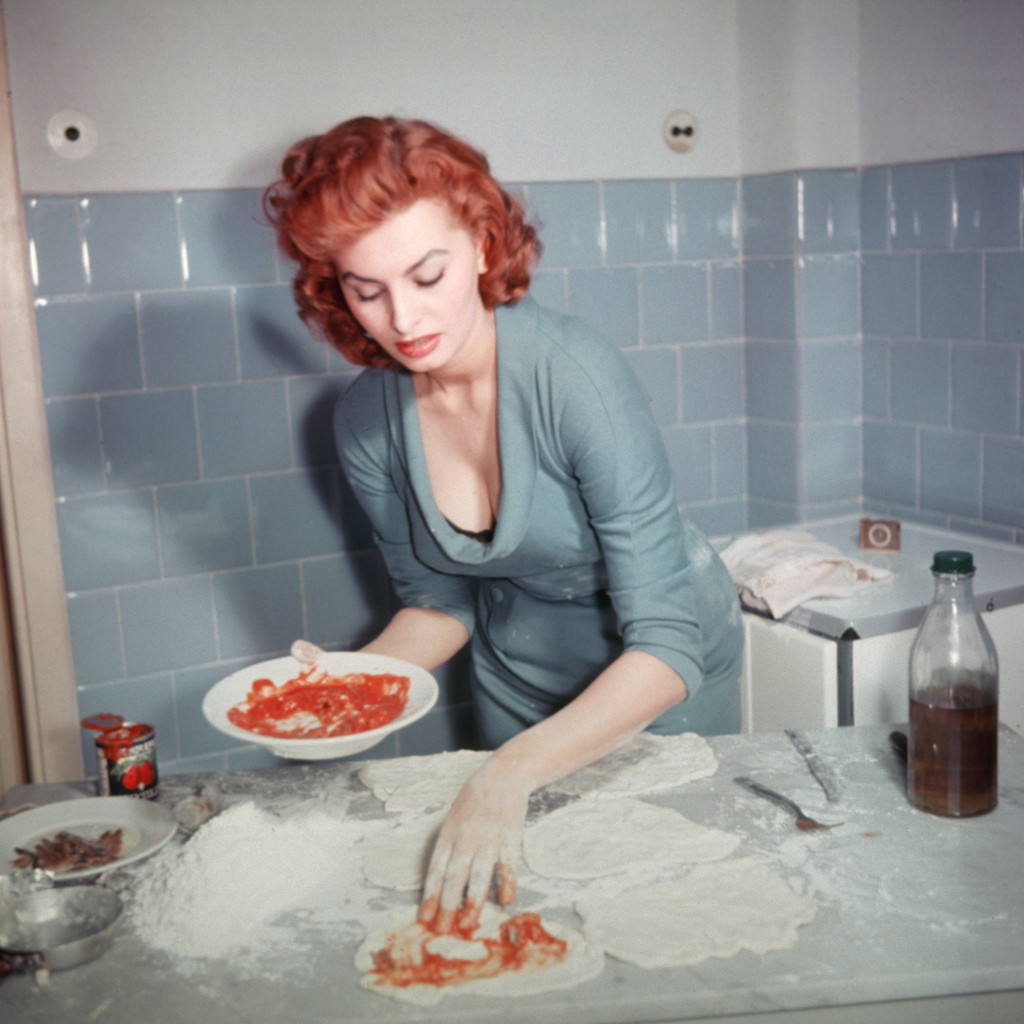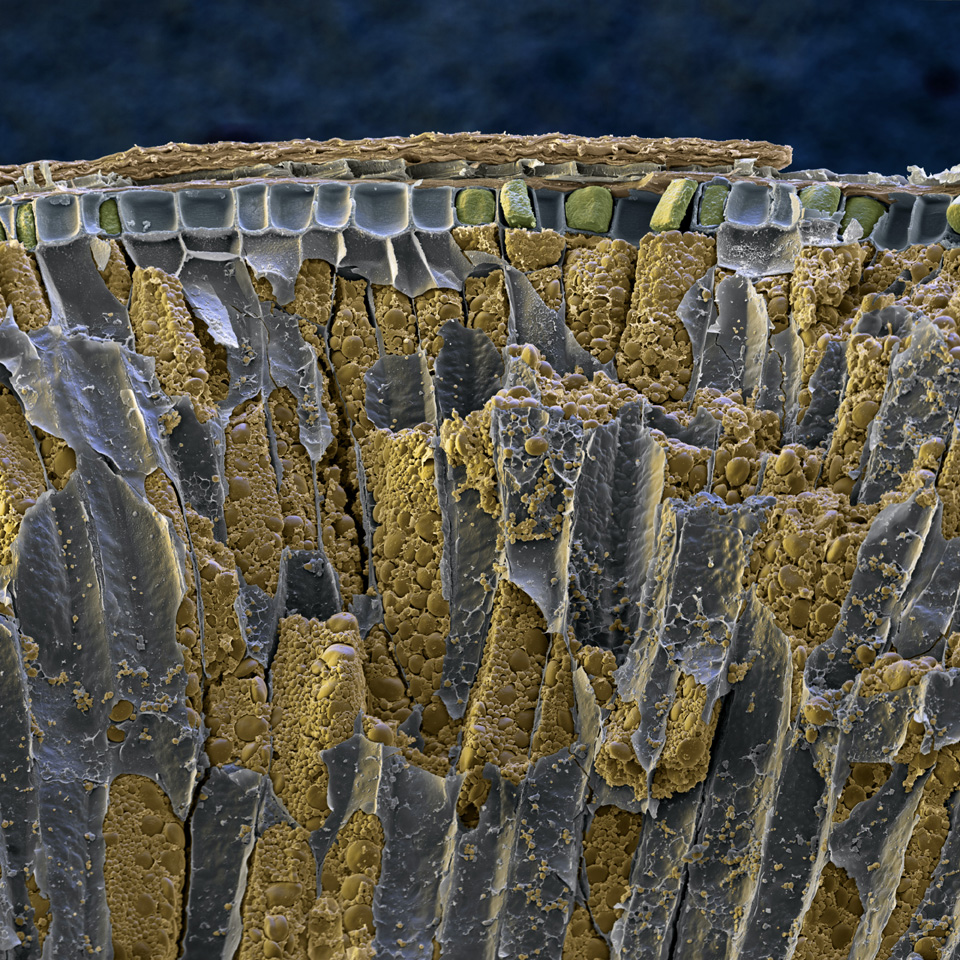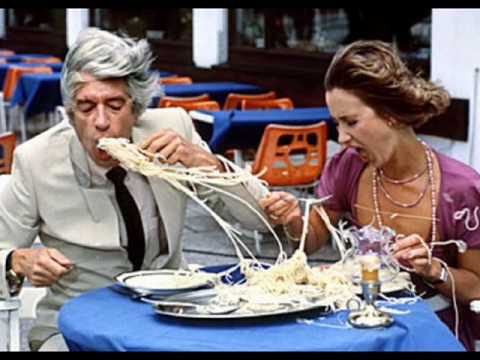Holiday time! White carbs time! Finally, we can escape the usual routines and seize the opportunity to relax healthy eating habits. In the heat of Italy, we wave arrivederci to muesli and German wholemeal bread and enthusiastically tuck into those white carbs.
Our digestive system gets a culture shock at the sudden lack of fibre. By the fifth day of constipation, the question becomes pressing: What happened to all those pizzas, ciabattas and other mediterranean delights we devoured over the last days? Ok, our trousers might have become a little tighter. But that alone does not explain the whereabouts of all that food.
But not to worry. Pizza and Baguettes have not accumulated in some unknown part of our anatomy. Quite to the contrary, they have silently left our body, but not via the obvious route. Instead, they took a different exit: Our lungs. We have simply exhaled them.
Invisible combustion engines
Far-fetched though it may sound, we do really exhale pizzas and spaghetti. In reality, our bodies perform this disappearing trick every day, holiday or no holiday. The only difference is that at home, with familiar food and regular digestion, we simply don’t notice. It’s only during those protracted visits to the loo in the mediterranean heat that we start wondering where all the food went.
So, how does this disappearing trick work? To solve The Mystery of the White-Carbs’ Whereabouts, we have to track their path through our bodies.
Pizza, ciabatta and a host of other southern yumminess consist almost entirely of carbohydrates which our body turns into fuel. As soon as we chew on that delicious first bite, our saliva starts to prepare the carbohydrates for digestion. In our digestive system, those carbon-chains are split into their constituent parts, a.k.a. sugar. In reality, carbs are nothing but chains of sugar units. Our blood delivers this sugar, in the form of glucose, to the cells that make up our body. At the same time, our lungs take oxygen out of the air and load it onto the red blood cells. These also transport the oxygen to the body’s other cells.
These simple ingredients – sugar and oxygen – provide the energy we need to live. Virtually all of our cells are equipped with dozens or even thousands of tiny weeny combustion engines. They are so tiny hundreds of them could fit on top of the full stop at the end of this sentence. Instead of petrol, they run on sugar.
Not salami slices atop a pizza but a microscopic view of two of our combustion engines, which biologists call mitochondria. (Wikimedia commons)
The combustion in these mini engines unfolds more slowly than in a car engine – but chemically speaking, the process is virtually identical. Car engines and biological cells both burn their fuel – be it petrol or sugar – with added oxygen. This releases energy that can either power a vehicle – or you. In both cases, what is left behind is water and carbon dioxide (CO2). Those leave the engine through the exhaust pipe, or, in our bodies, our lungs. Every day, we exhale about one kilogram of CO2 on average. This contains around 300 grammes of carbon – the essential ingredient of the carbohydrates in pizza and ciabatta.
In this very moment sugar is being burnt in billions of cells in your body. It supplies the energy needed for every movement, every heartbeat, and every single thought – even this one! Our bodies’ efficient use of carbohydrates is also behind the existence of our brains. Improvements in humans’ capacity for digesting carbohydrates are thought to be the decisive push sparking the development of our marvellous thinking equipment.
This is only possible because a lot of energy is stored in flour, just like in petrol. Surprisingly, flour can even explode if suspended as dust in the air. In that case, it releases the energy stored within in an uncontrolled and speedy combustion. And the similarities between flour and petrol are by no means coincidental – both are based on carbon-chains made by plants. Do not underestimate flour power:
In 1878, a flower dust explosion at the largest mill of its time in the U.S. killed 18 workers
Sun rays turn into thoughts
But where does the energy come from that is stored in carbohydrates and petrol? The source is around 150 million kilometres away: our good old home star, the sun. Even though its power is strongest during the holidays on southern shores, our bodies can’t use the energy contained in its rays directly. Plants do that for us. They trap the energy and store it in the form of sugar units. Later, these end up in the carbohydrates of flour and in pizza and ciabatta. The energy contained in petrol was trapped and stored by plants millions of years ago – both oil and coal formed from dead plants.
A broken grain of wheat, magnified 180-fold. The stores of carbohydrates are in yellow.
(eye of science, used with permission)
Building materials made out of thin air
While we exhale a considerable weight of CO2, plants gain weight by “inhaling” it. This is why large plants can grow out of a surprisingly small pot. They don’t get their most important building materials from the earth, but from the air.
This bonsai tree is nearly 400 years old. It even survived the Hiroshima nuclear blast. (Wikimedia commons)
This seems surprising, because we tend to vastly underestimate how much mass hides in the air. It is only strong winds that remind us of the air’s weight:
Plants use exactly the same process as the cells in our body – except it unfolds in the opposite direction. Plants use the energy of the sun to fuse water from the ground and CO2 from the air into carbohydrates, releasing oxygen in this process called photosynthesis. Animals like us burn those same carbohydrates with oxygen, turning them into water and CO2, to release the energy.
That’s why everything we do and think is ultimately powered by a sunbeam that was first captured by a plant, and then freed from its captivity in food by our body.
In a nutshell: Plants store solar energy, animals like us release it via combustion. And we use each other’s waste products: Plants release oxygen on which we depend and, after eating Pizza and spaghetti, we breathe out the CO2 the plants need to grow.
Consider that wonderfully simple cycle that forms the basis for the diversity of life on planet Earth. Perhaps this thought, powered by a sunbeam, can bring momentary relief from indigestion in the scorching mediterranean heat, after that white carb overload.








Comments are closed, but trackbacks and pingbacks are open.